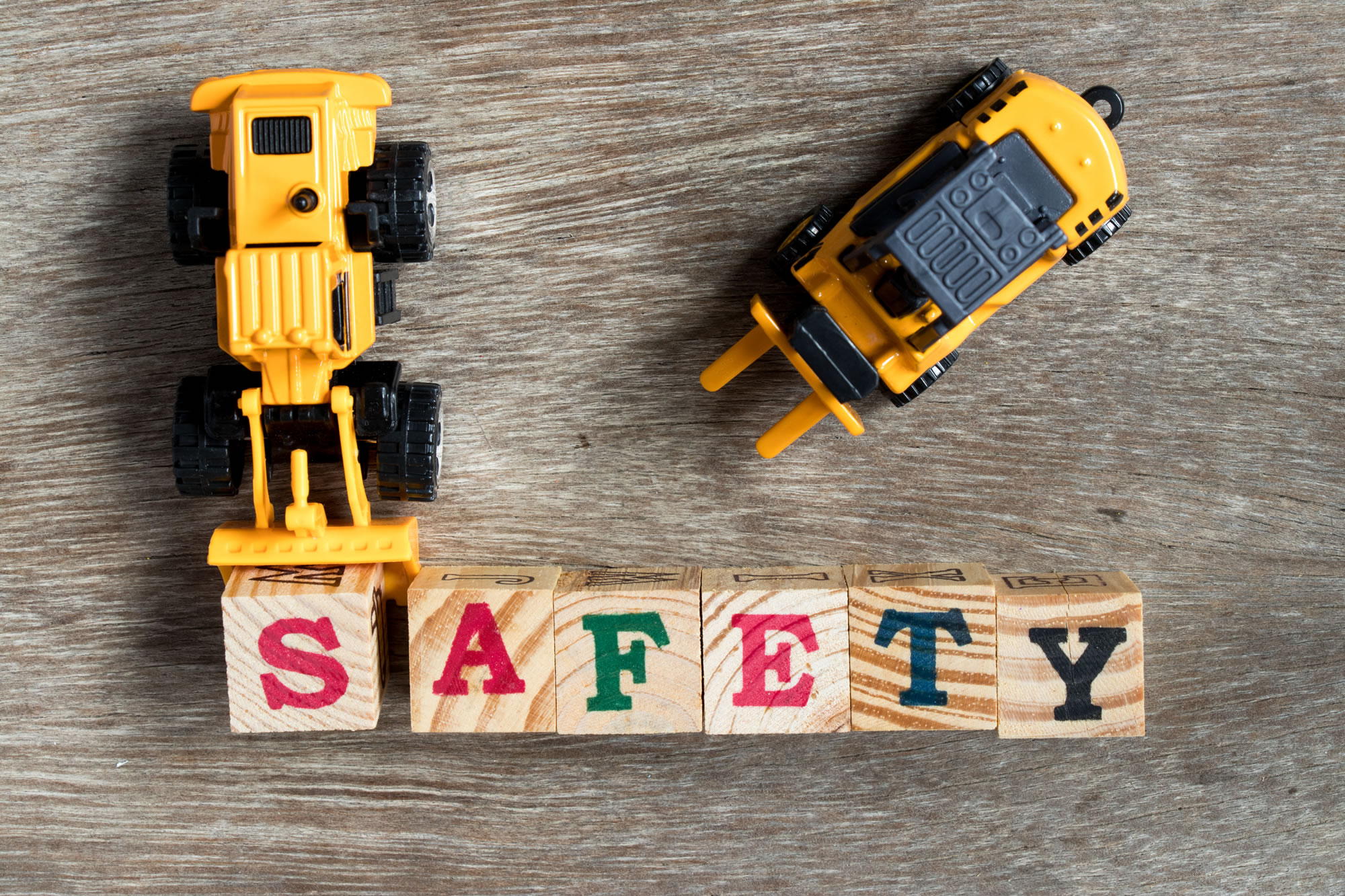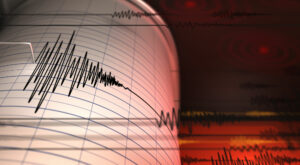Toy sales in Canada are a multibillion-dollar business, with the large majority of the manufacturing done around the world. In light of the many recent toy recalls, the Canadian government has been forced to look more closely at the important issue of toy safety.
Health Canada strives to ensure that toys are regulated for the safety of your children. Nevertheless, we must remember that toy safety is a shared responsibility between governments, the industry, safety associations, and parents.
Parents and caretakers need to be aware of three main areas of concern regarding toy safety:
- Choking hazards are the most dangerous and frequent type of toy-related injuries. Children under three in particular tend to put small toys, balls or toy parts in their mouths which can present choking hazards. Toy packaging, including plastic bags, wraps, foam, tape or ties, can also pose a risk of suffocation or choking. Similarly, latex balloons can cause injury or death if one (or a piece of one) is inhaled.
- Loud toys may harm a child’s hearing. In Canada, the Hazardous Products Act bans toys from creating noise over 100 decibels (dB). However, the Canadian Association of Speech-Language Pathologists and Audiologists reports that 85 dB is a more appropriate level. (To give you some perspective: 100 dB is equivalent to the noise created by a motorcycle, whereas 85 dB is the equivalent of hearing city traffic from inside a car.)
- Toxic toys include chemicals such as lead or phthalates. These chemicals may negatively affect child development, causing speech delays, behaviour disorders, learning disabilities, neurological and renal damage, and more. Lead is often found in the paint and coatings of toys, whereas phthalates are used to soften plastic toys. As of June 2011, Canada will be restricting phthalates used to soften vinyl plastics. Toys and childcare products that contain more than the allowable concentrations will be banned from sale across the country.
Despite the efforts of all those involved, many unsafe and harmful products are still making their way to store shelves nationwide. It’s important that parents and caregivers do their homework; ensure your child’s toys come from a reputable manufacturer and retailer and are meeting the restrictions set by Health Canada.







